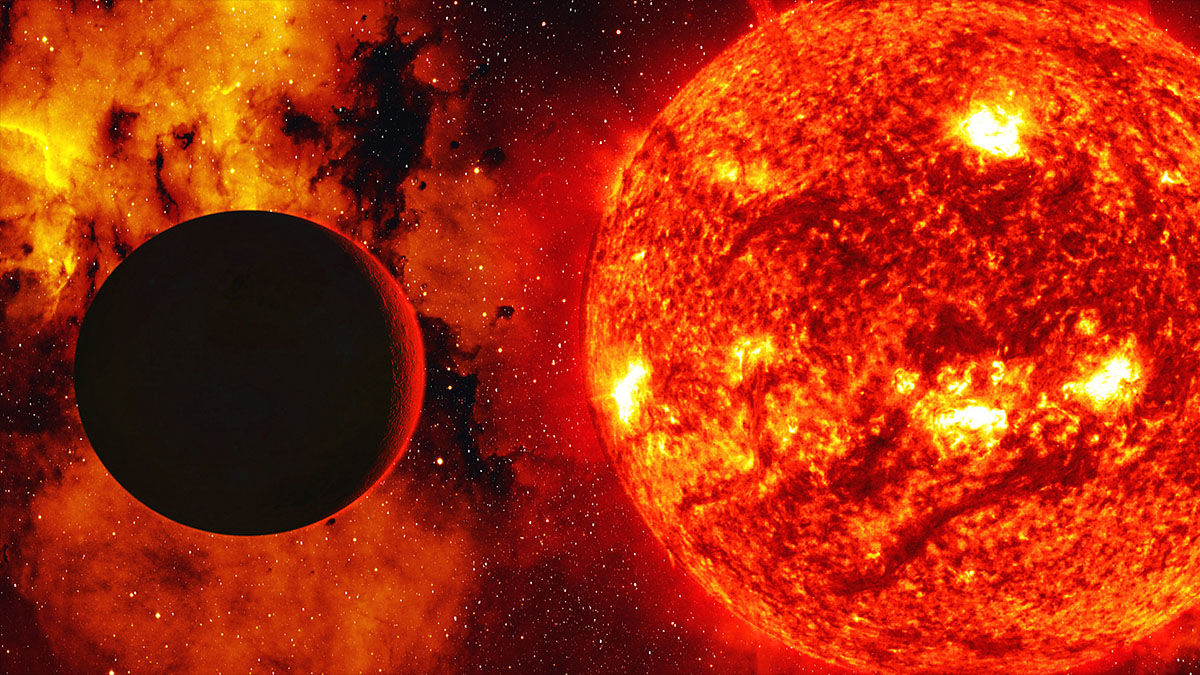hunting for exoplanets in alien galaxies. sort of.

All right ladies and gentlemen, here’s some real scientific content to discuss. Astronomers at the ESO’s huge observatory in Chile managed to find a planet born in another galaxy and confirm that indeed, other galaxies should also have planets orbiting their parent stars just like we have in our stellar neighborhood. It seems to be a pretty safe if not obvious assumption, but in astronomy, and in all of science, nothing could be assumed to be certain without detailed observations to back it up. But hold on, you might say, how could any telescope have enough resolution to focus on an individual star in a galaxy and make out a planet orbiting it? We have a whole lot of problems doing that in our own galaxy. And you’d be right. The planet from another galaxy is really a part of our very own Milky Way. It’s just that this planet is in a stream of stars left over from a dwarf galaxy that was torn apart by the Milky Way’s gravity. Today, it’s just 2,000 light year from Earth, putting it close enough to detect by measuring its tug on its parent star, HIP 13044. Oh and by the way, this planet it about to be eaten.
You see, HIP 13044 is an old star and it has already expanded into a red giant in its recent past before quickly contracting and fusing helium in its core. It’s due to re-expand again, this time swallowing the closely orbiting planet which most likely fell into its current 16 day orbital period at some point during the star’s first expansion into a red giant. The planet itself is already pretty scorched, but as its star grows closer and closer, it will start vaporizing away, the incoming solar winds stripping off countless tons of gas. Depending on how long it will take HIP 13044 to re-expand, the planet may be stripped to its core before it’s swallowed up. Alternatively, the star’s outer layers could reach it so quickly, it will be engulfed whole. If there were any other planets orbiting a little closer to HIP 13044, they were already incinerated during the star’s first swell into a red giant, cooked by radiation and smelted down into a stream of metallic vapor. Just like most of our inner solar system will be in the next five billion years when the Sun goes through the same exact process and quite possibly devours us and the Moon unless the combination of gravitational tugs and lower surface gravity of the Sun as a red giant manage to push us into a much higher orbit in which we’ll barely survive.
Not only is HIP 13044 and its planet showing us that the same things we know happen in this galaxy happen in others, they’re also giving us a peek into our own distant future, a future when to imagine the Earth, you will have to picture a world that no longer has identifiable continents and on which the bizarre landscapes hidden from us under miles of water today, become the planet’s biggest and most volcanically active deserts. A future when the sun fills up most of the sky at noon. A future in which rivers and oceans of glowing lava flow across the planet’s surface as the crust is being melted and reshaped by the raw heat of our parent star. This future has already come and gone for any other world that may have been floating around HIP 13044, and it’s about to play out for its Jupiter-sized planet. And when it does, we’ll know that we’ve really accomplished something very important with astronomy. We’ve learned where we’ve come from, where we are, where we’re going, and how it will all end for the place we call home. And we also now know that the same thing is happening in other galaxies around us on a daily basis, a cycle of birth and death that will continue for trillions of years, until the very last star finally goes out and the universe enters its second dark age…





